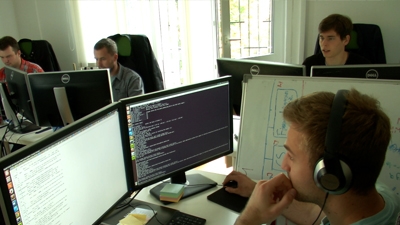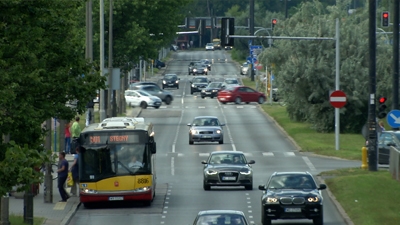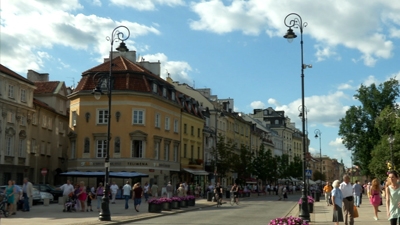Tapping into Poland’s new and undiscovered markets can lead to a rise in economic prosperity.
That is something young business partners Jan Stasz and Michal Juda know first-hand.
In just a few years, they have gone from a small office with only themselves as employees to a much bigger, now hugely successful e-commerce platform, which provides 18 people with jobs, and represents more than 300 of Poland’s top designers.
“Two of our friends started a fashion brand and they basically asked us ‘guys, you are good at selling stuff online. Because it seems like the cheapest way to get good customers, social media is booming right now. So what can you tell us about it?,’” recalls Stasz.
Says Juda: “We have great knowledge in online marketing and customer service, and those areas that (designers) don’t always know that well, especially (because) fashion schools don’t really teach that. So we try to help them and let them grow together with us.”
Such development and commercialization of products, processes, and services that are new to the market is the type of innovation Poland is seeking to expand.



